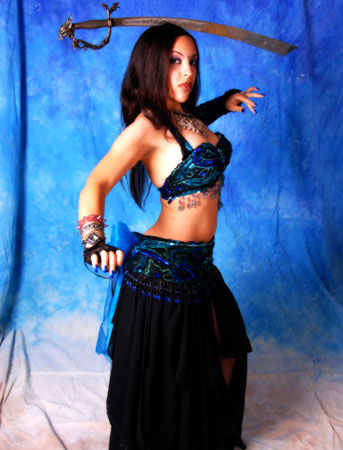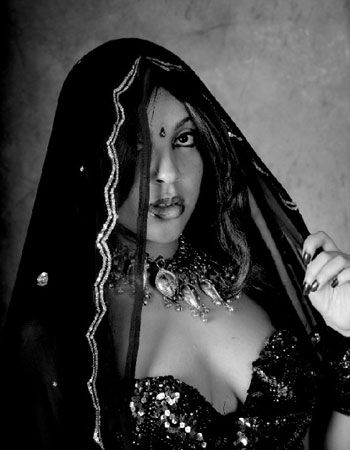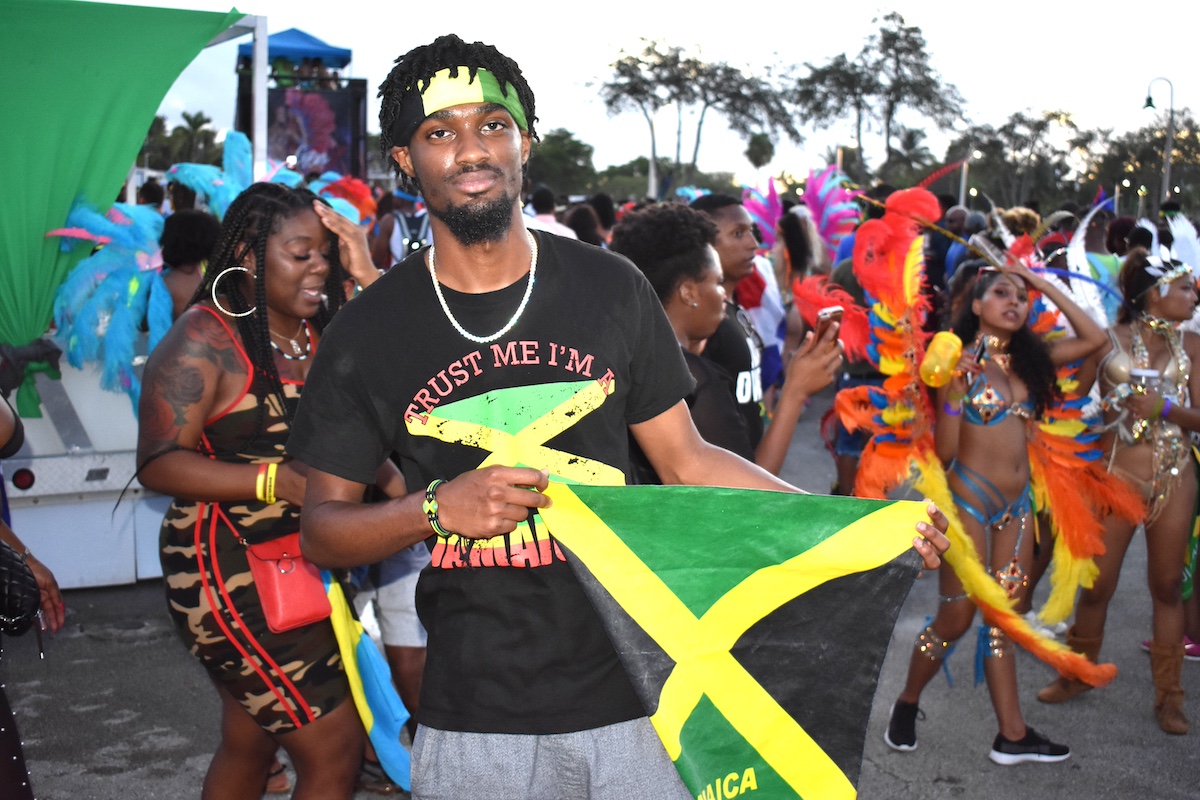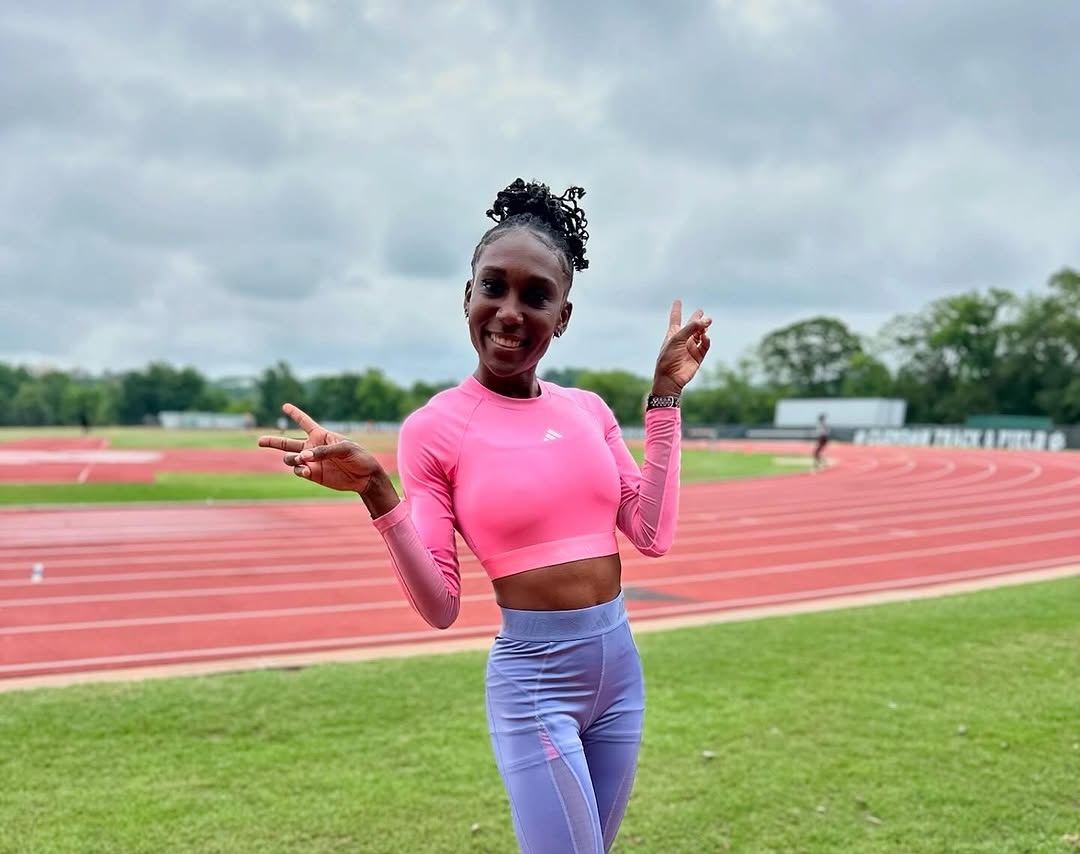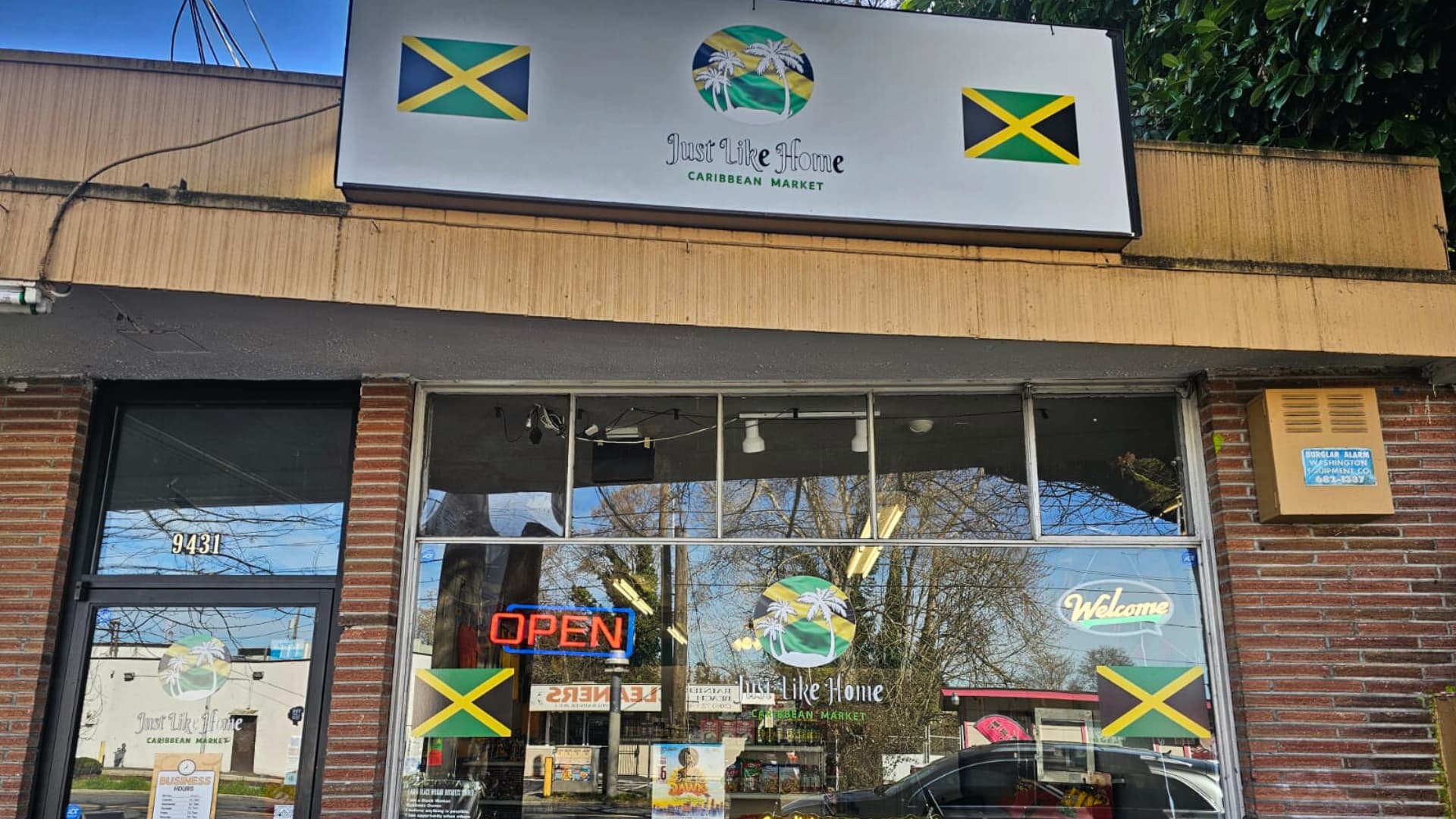This month we interview Jamaican Belly Dancer Miss Rose Lee. She started belly dancing at age 13 in Jamaica. Inspired by her Indian and Jamaican culture she has pioneered a style of belly dancing called Indo-Caribbean. She hopes to popularize belly dancing in Jamaica.
Q. Where in Jamaica are you from?
My family hails from many parts of Jamaica, but I was raised in Montego Bay.
Q. How far back can you trace your East Indian ancestry?
As far back as a few interesting stories in which I’ve always wondered about their veracity. Apart from that, my family has hardly expressed much interest in that side of their roots.
Q. How did you get started doing belly dancing?
I was initially interested in doing Indian dancing, but we could not afford it. When I was 13, I saw a flyer advertising drop-in classes for $10. It seemed ‘different’, something unlike the ballet, tap, jazz, etc, that my peers were doing at the time. I dropped in, and the impression was immediate. It was a friendly circle of women of all ages, sizes and backgrounds, dancing and enjoying each other’s company. I was enraptured in the warmth and closeness of the circle of women, and was hooked! I did not truly start learning until 16, and I became professional at about 17.
Q. Many people see belly dancing as a sexy/erotic from of dance. What are the biggest stereotypes?
Firstly, I always say that I would never perform anything unfit for younger audiences.
…Such misconceptions are the biggest stereotypes. ‘Belly Dancing’ is a Middle Eastern cultural dance that dates back to ancient times, initially created by women for the enjoyment of only women. It is believed by some who are not knowledgeable about the dance that it was created as a dance of seduction to be performed for sultans or the like, when in truth, it was not intended, nor allowed, to be performed in front of men. …And I assure you, I am DEFINITELY not interested in seducing any men =D Belly Dance was intended to be a sort of fertility exercise in order to strengthen the body in preparation for childbirth, and is taught by mothers to their young daughters in Middle Eastern cultures. The recent, popular image of the two-piece ‘belly dance costume’ is actually an American invention, which Middle Eastern countries then adopted the idea as tourist attractions. The word, ‘Belly Dance’ itself, is an American corruption of ‘Beledi’, which loosely translates to ‘Dance of the people’…which exposes another stereotype that belly dancing is ‘all about the belly’…which is not true. Bely dancing utilizes almost every part of the body – arms, legs, head, hips – and in Egypt, it is actually illegal to expose the midriff while dancing in public.
Because of the corruption of American Media back in the olden days (when moving the body in general was seen as obscene), some also tend to associate belly dancing with something like stripping. We are trained professional dancers, we do not strip, we are performing a cultural, traditional dance, and no self-respecting professional dancer would agree to dance in audiences with only men. Women and children should be present.
Oh yes, and men belly dance too!
On another fun note, at weddings, it is said that for the married couple to touch the dancer’s belly, it will bring them good luck in their married life =)
This has a great deal of information: http://en.wikipedia.org/wiki/Belly_dance
Q. Did you friends and family have reservations when you started to focus on belly dancing due to the stereotypes?
Not at all, actually. I have always been what most people would refer to as a ‘straight-edged’ person, so my parents tend to trust my conduct. My parents were knowledgeable and open-minded enough, and since they were accustomed to Indian dancing, they actually appeared to have equated belly dancing with another form of Indian dancing, so they had no qualms. My first few lessons were funded by my father. Other friends and family members were excited and always ask me to teach them! There were reservations in me pursuing it as a profession because some of my family members were under the impression that I would somehow abandon my other pursuits and have nothing to fall back on, but little do they know is that I do a million other things as well! Music, web/graphic design, art, etc…Having one profession for me is simply not possible. =)
Q: Have you travelled to other countries to learn techniques?
Directing my own unique troupe, I’ve had the opportunity to travel a lot. I’ve also lived in Japan for a while, and upon living in Japan, I performed quite a bit and studied Japanese classical dance to incorporate into belly dance for a unique Japanese-fusion Belly Dance. I still hope to go to countries such as Egypt and India to learn classical dances and more languages.
Q: Is a good sense of rhythm a must to be a belly dancer?
I do believe it is a requirement, as great dancers proficiently ‘translate’ the music with their bodies. With each beat comes a drop of the hip, shimmy of the shoulders… One responds to the music as it comes. This is another reason I dance without choreography.
Q: Can you belly dance to reggae?
Of course! That is one of my specialties! One can belly dance to almost any kind of music, though it is traditionally performed to Arabic/Middle Eastern music. This idea is the basis for ‘fusion’ belly dancing, such as, ‘Tribal Fusion’, ‘Bollywood fusion’, and more…My own styles include, ‘Chutney-Soca fusion’, ‘Reggae fusion’, ‘Indian Fusion’, ‘Japanese fusion’, and more. I also tend to incorporate my pop and’ locking capabilities into my dance for a more unique style. I also specialize in performing to Japanese reggae!
Q: Have you created any dances for reggae? What is the name?
It is hard to say…’created’, because everything I do is on-the-spot. I rarely create choreographies, and if I do, it is usually for the group. I always perform impromptu, but yes, I have done countless reggae, soca and chutney performances. I have a video, ‘Reggae Belly Dancing’ on youtube, but it is simply clips of me playing around with the camera and some friends dancing to one of my favourite reggae songs!
Q: Have you every received any offers to dance in Reggae Video?
No, I have not. I have danced with Trinidadian and Guyanese artists, but no Jamaican! I would be willing to take up any offers providing that the song and video is relatively clean and safe for young ears.
Q: Are you working on any new project?
I am constantly working on projects, whether it is preparing for a new show, creating new artwork, music, videos, costumes… I am incessantly busy, I love it!
Q: Thanks for the interview any final thoughts?
Thank you for the interview! I hope to have the opportunity to be able to share and help further popularize the dance form in Jamaica and other parts of the Caribbean.
